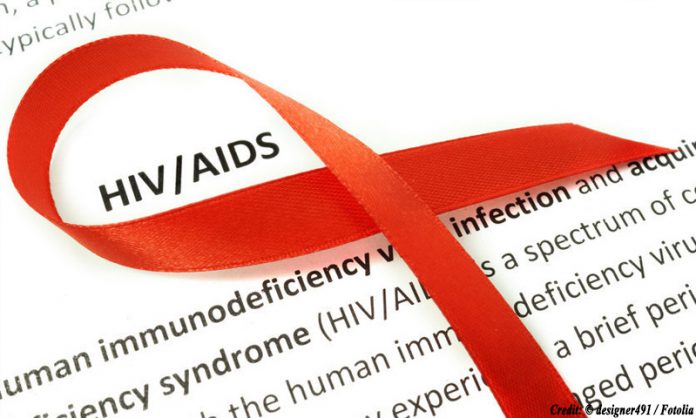NEW YORK/JOHANNESBURG: The United Nations International Children Emergency Fund (UNICEF) has said that new HIV infections among adolescents are projected to rise from 250,000 in 2015 to nearly 400,000 annually by 2030 if progress in reaching adolescents stalls.
According to a new report released by UNICEF on Thursday, “The world has made tremendous progress in the global effort to end AIDS, but the fight is far from over – especially for children and adolescents,” said UNICEF Executive Director Anthony Lake. “Every two minutes, another adolescent – most likely a girl – will be infected with HIV. If we want to end AIDS, we need to recapture the urgency this issue deserves — and redouble our efforts to reach every child and every adolescent.”
AIDS remains a leading cause of death among adolescents, claiming the lives of 41,000 adolescents aged 10-19 in 2015, according to the 7th Stocktaking Report on Children and AIDS: For Every Child: End AIDS.
The report proposes strategies for accelerating progress in preventing HIV among adolescents and treating those who are already infected. These include: (i): Investing in innovation including in locally grown solutions. (ii): Strengthening data collection. (iii): Ending gender discrimination including gender-based violence and countering stigma. (iv): Prioritizing efforts to address adolescents’ vulnerabilities by providing combination prevention efforts including pre-exposure prophylaxis, cash transfers and comprehensive sexuality education.
Globally there were nearly 2 million adolescents aged 10 -19 living with HIV in 2015. In sub-Saharan Africa, the region most impacted by HIV, girls accounted for three out of every four new infections among adolescents aged 15-19.
Other findings in the report include, remarkable progress has been made in preventing mother-to-child transmission of HIV. Globally, 1.6 million new infections among children were averted between 2000 and 2015. About 1.1 million children, adolescents and women were newly infected in 2015. Children aged 0–4 living with HIV face the highest risk of AIDS-related deaths, compared with all other age groups, and they are often diagnosed and treated too late. Only half of the babies born to HIV-positive mothers receive an HIV test in their first two months, and the average age that treatment begins among children with vertically acquired HIV in sub-Saharan Africa is nearly 4 years old.
Despite progress in averting new infections and reducing deaths, funding for the AIDS response has declined since 2014, UNICEF said.
According to UNAIDS Spectrum estimates, there are 100,000 People Living with HIV (PLHIV) in Pakistan, out of which 30,000 are women and 2,000 of them are pregnant, who are in need of services for prevention of mother to child transmission (PMTC) of HIV. This year, till October 104 HIV+ pregnant women received PMTCT services, and all infant born were HIV free. There are estimated 2,500 children, ages 0-14 years, living with HIV in Pakistan, while only 300 are on treatment. There are an estimated 16,000 new HIV infections in Pakistan every year, out of which 1,000 new infections are in children under the age of 14. Though HIV response in Pakistan has come far, from no treatment in 2005 to above 8,000 PLHIV on treatment, a lot needs to be done to prevent mother to child transmission of HIV and to treat children who are infected, for which concerted efforts and investments are required.





